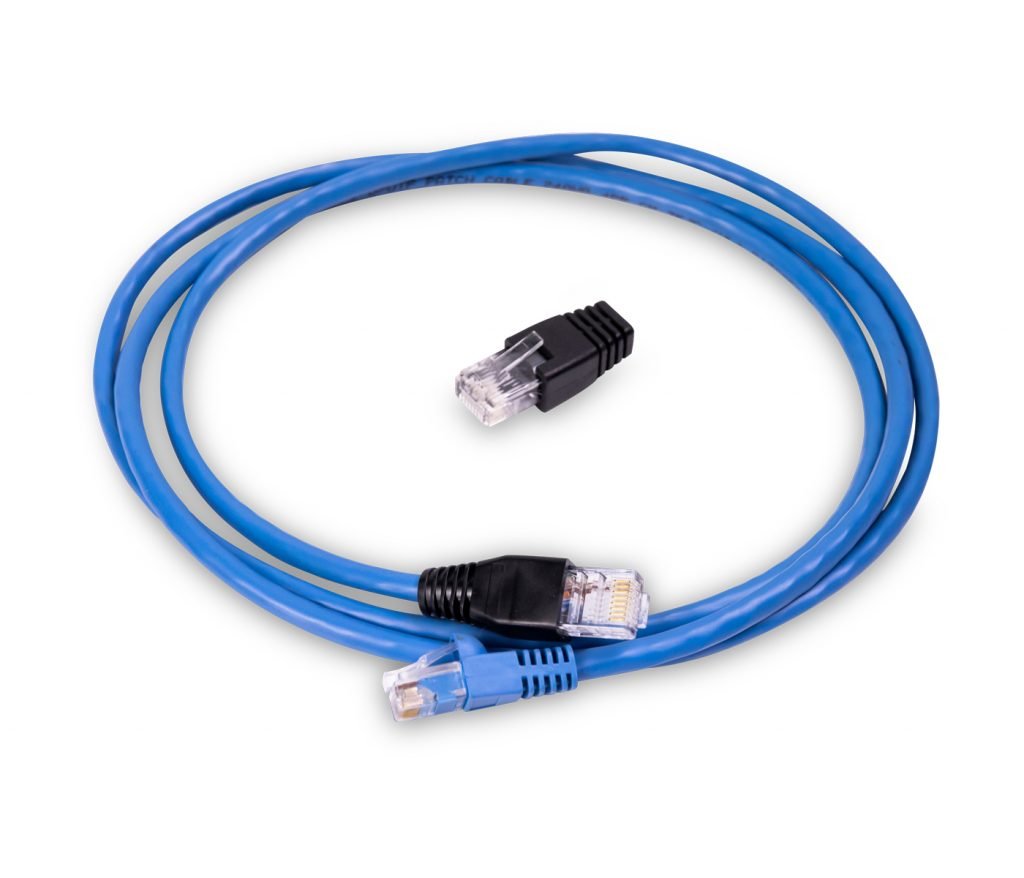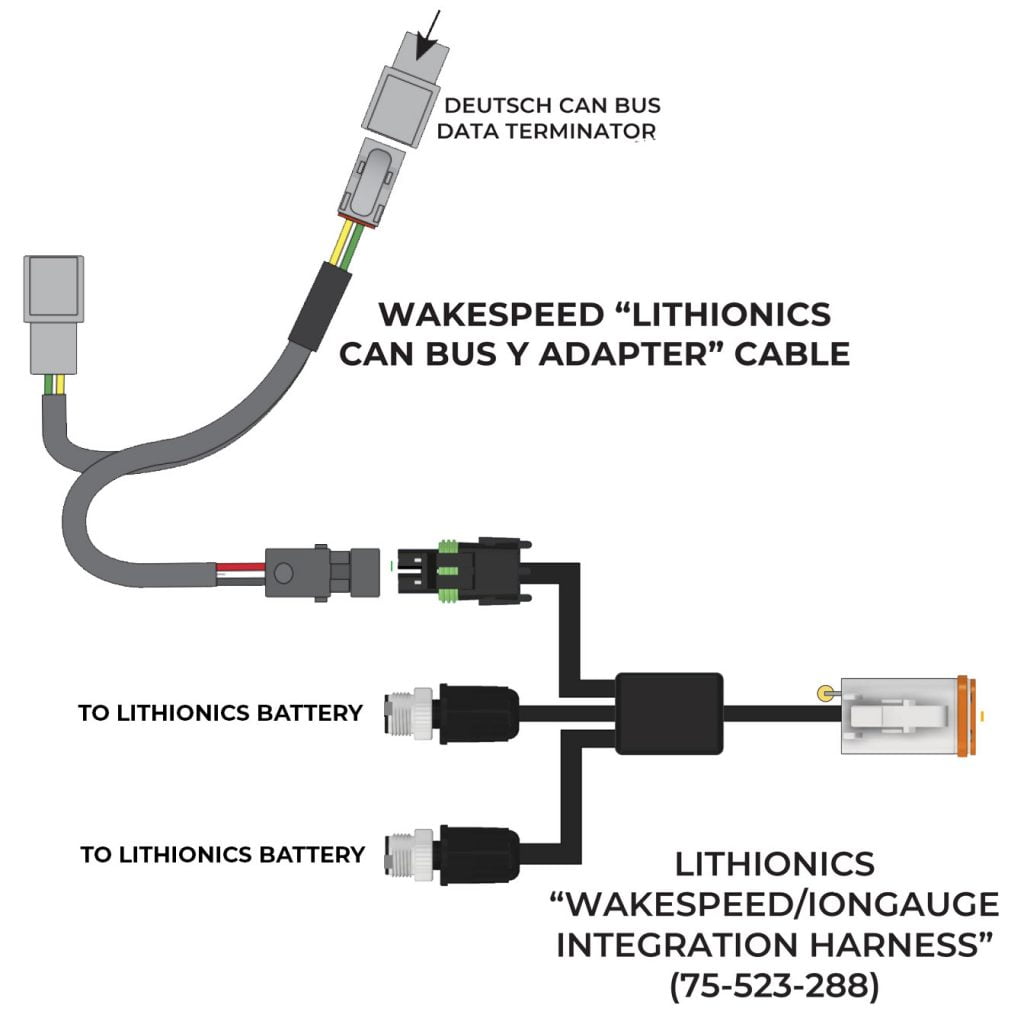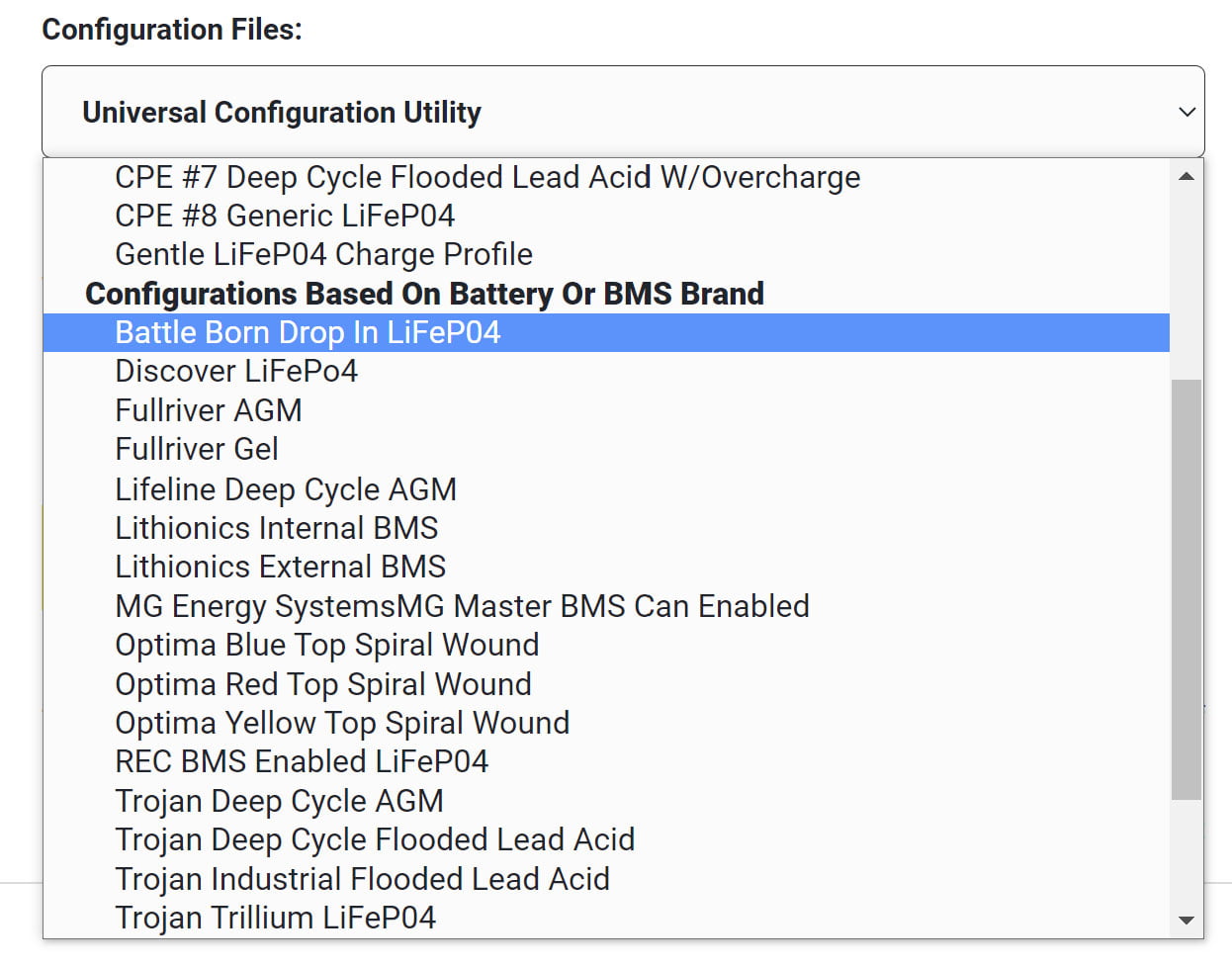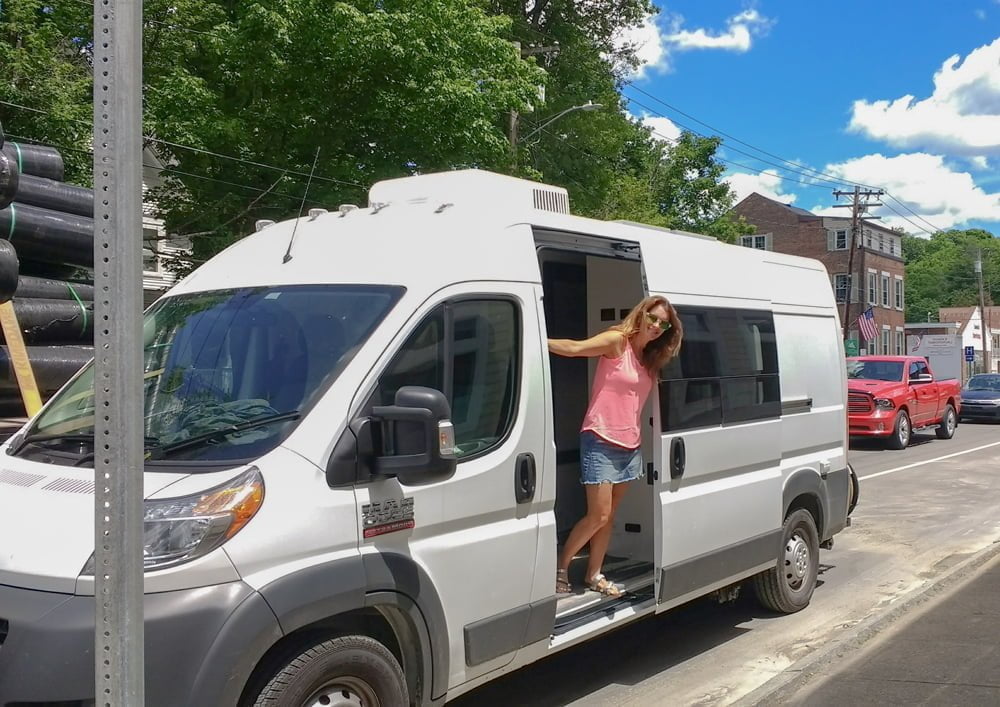This post includes an extensive deep dive video with Wakespeed founders, Al Thomason and Rick Jones facilitated by Zach from Vanlife Outfitters and Jesse from Valley Hi vans. In addition, we’ve summarized some of the common questions we get about this amazing product in this post. We feature the Wakespeed in our secondary alternator example wiring diagram and best price product bundle.
How is the Wakespeed WS500 regulator superior to something like a Balmar regulator?
What really sets the Wakespeed apart is its ability to use voltage, current, and temperature signals to regulate charging rather than only voltage compared to something like a Balmar regulator. Additionally, the Wakespeed can monitor these signals digitally when used with CAN-connected batteries such as Lithonics and Victron Smart batteries. There are many other unique features but this foundational difference is key!
What is a CAN bus and how does it work in a system with a secondary alternator with a Wakespeed regulator?
CAN stands for “controller area network“. It is a highly reliable standard that uses messages to allow many “devices” inside a system to communicate with each other. CAN is used extensively in the automotive industry and has various implementations in the mobile world including RV-C for RVs and NMEA 2000 in the marine world. If you have lithium batteries that have a CAN connection that the Wakespeed can read (or a “language” that it can “translate”), the Wakespeed will use the data available digitally on the CAN bus such as voltage, current, and temperature to very accurately control charging. It can also monitor other messages from the batteries such as disconnect warnings to prevent situations like load dumps.
At Vanlife Outfitters, the CAN-enabled batteries we use in secondary alternator camper van electrical systems are Lithionics and Victron Energy Smart batteries (paired with a Lynx Smart BMS and Cerbo GX).
There are two versions of the Wakespeed WS500 regulator. What is the difference between the “white box” and “black box” versions of the regulator?
The white box Wakespeed WS500 has RJ45 CAN bus connection ports and the black box does not. In both cases, the wiring harness used with the Wakespeed has a standard CAN connection. So, if you have the white box, you have two options for CAN connectivity whereas the black box simplifies this to only one. Which version you use is typically determined by which type of CAN-connected battery you have in your system. If you’re using Lithonics batteries, you would normally use the black box version since you don’t need the RJ45 connections. In a Victron system with a Lynx Smart BMS and a Cerbo GX, you’d normally use the white box since the Victron equipment communicates CAN through the Victron VE.Can standard which uses RJ45 connections. Note: in early 2024, the formerly “white box” version of the Wakespeed regulator starting shipping with a black, plastic case.

When using Victron Smart batteries with the “white box version”, you’ll need the “Wakespeed to Victron” crossover cable to adapt the pin configuration that Wakespeed uses on their RJ45 connections to those used by Victron Energy on theirs. In Victron systems, you’ll want to be sure the Wakespeed is running firmware version 2.5.0 (or higher) and the Cerbo GX has Venus OS 2.90 (or higher). The Wakespeed guide for Victron systems is a great resource to check out.

When using Lithonics batteries with the “black box” version, you’ll need a few adapter cables. The image above shows a 2x battery set up with the Wakespeed “CAN Bus Y Adapter cable” and a Litihonics “Wakespeed/Iongauge Integration Harness”. Our blog post on secondary alternator electrical systems for camper vans details a Lithionics system and has a few free example wiring diagrams.
What brands of lithium batteries have been qualified to work correctly (and safely) with the Wakespeed WS500 regulator and why are only certain brands supported?
You can visit the “technical” tab on the Wakespeed product page to see which battery brands are qualified for safe and effective use. Each of the qualified battery types has a corresponding configuration file available. In order to be considered for qualification, the manufactuer must provide batteries to Wakespeed for testing and engage in “engineer-to-engineer” level conversations with the Wakespeed team. These measures are to ensure that installers can have the highest level of confidence in the functionality and safety of their systems.
How do you use the Wakespeed WS500 regulator with “legacy” batteries that don’t have a CAN bus connection including “drop-in replacement” batteries with internal BMS like Battleborn lithium batteries?
Unlike CAN-connected batteries where the voltage, temperature, and current are available digitally, systems that use internal BMS batteries without CAN connections like Battleborn need an analog shunt for current monitoring and a battery temperature sensor so that these signals, along with voltage can be used by the regulator for optimal charging.
Currently, Battleborn is the only brand of this type of battery that is qualified by Wakespeed. In addition to using a qualified battery, you should be sure to design your system with at least 3x batteries so that if the BMS in one or more of the batteries disconnects from charging there is at least one or two remaining online to absorb the charging current so there isn’t a “load dump” situation.
What is the difference between the standard wiring harness and the “van harness”?
The Wakespeed WS500 regulator has various wiring harnesses that plug into the large port on the bottom of the regulator. These variations are designed to accommodate different types of installations. The most commonly used harnesses are described below.
The standard harness is most often used in marine environments where the regulator is placed near the engine. It includes all of the connections/wires detailed in the quick start guide.
The so-called, van harness is designed for, you guessed it, vans! It assumes that the Wakespeed will be placed near the rest of the van’s electrical system components in the rear area of the van so it has a long (approximately 27′) leg that runs up to the alternator location and another long (approximately 17′) leg that runs to the vehicle’s ignition switch circuit (brown wire).
FREE Camper Van Power System Resources & Wiring Diagrams
If you're confused about your DIY camper van electrical or solar system, you've come to the right place. We have tons of resources including blog posts, videos and detailed example wiring diagrams (see below),If you're really stuck, we also offer consulting and design services. Our "choosing a system" page offers some additional advice and includes an example load calculation that you can use.Below are some of our example power systems for camper vans/RVs. The Victron-based systems all have a corresponding blog post, free detailed PDF example wiring diagram, and a corresponding best price product bundle. Ultimately, you'll probably customize your system to your particular needs and perhaps combine ideas from one or more of the example systems.
- A baseline camper van electrical system that uses lithium batteries with internal battery management systems (BMS) such as a Victron SuperPack, Battleborn, SOK, etc. This is our most affordable and simple system as well as the most DIY friendly.
- A more advanced camper van electrical system that uses Victron Smart lithium batteries with an external BMS and a Cerbo GX for monitoring. This system is a bit more complex and more costly, but adds features and allows for more battery storage in the same physical footprint. If you use the Victron Lynx Smart BMS you can upgrade to a dedicated secondary alternator with a Wakespeed regulator in the future.
- A super powerful (fast-charging) system that uses a dedicated secondary alternator. This system is the most expensive but also the most off-grid capable. We also have a 48-volt version of this system!
- We also have a power system accessories bundle that has all the circuit protection, shore power, distribution, and wiring you'll likely need.
Please consider purchasing your power system equipment from our store. Our bundles offer great pricing (yeah, better than Amazon), free shipping and you'll have access to expert support and you'll be supporting our ability to create more content!
Finally, there are a few things that we don't sell in our store (yet!) that you might need so we keep a list of these products in this Google Sheet of recommended camper van products.


